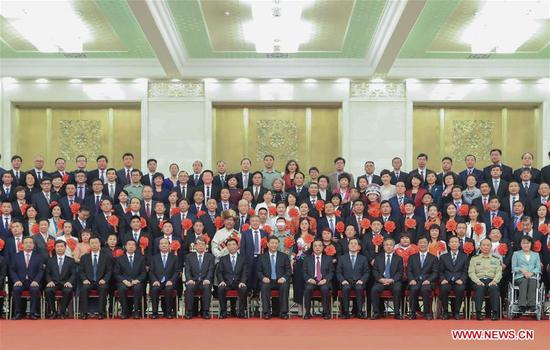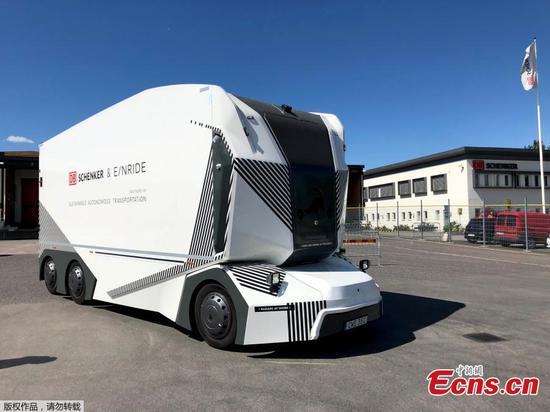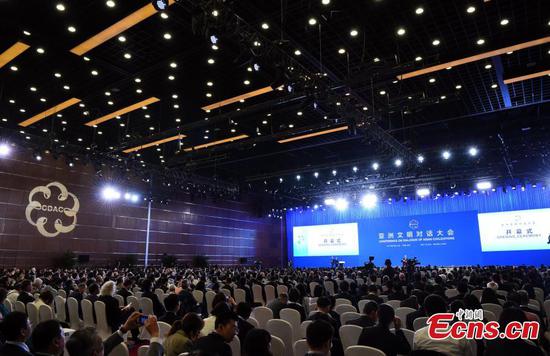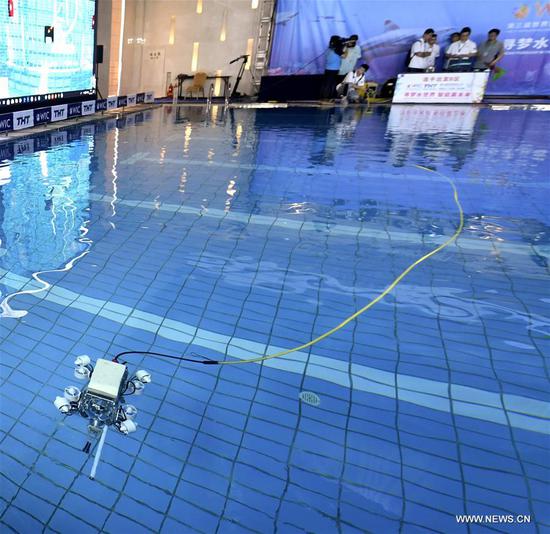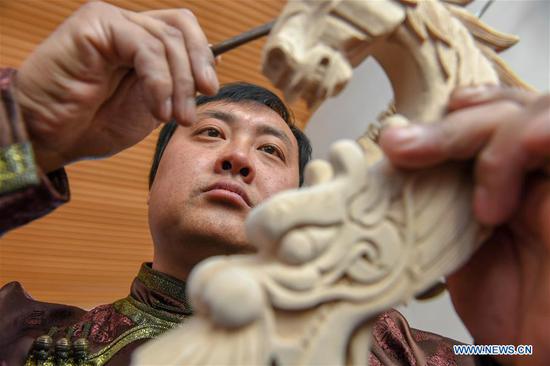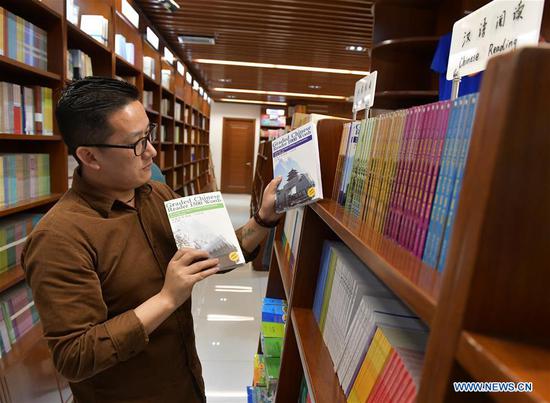Use of artificial intelligence and big data can assist coordination and analysis
China will expand the use of new information technologies in the civil aviation sector to improve air travel safety and boost industrial development, according to the national civil aviation authority.
The Civil Aviation Administration of China signed cooperation agreements with the Chinese Academy of Sciences and telecommunications giant Huawei this week.
Through such collaboration, researchers at the CAS will help the CAAC seek integration into the aviation sector of advanced information technology such as artificial intelligence, big data and cloud computing, and provide comprehensive analysis of key information, Gao Hongjun, deputy secretary-general of the academy, said on Thursday.
The agreement was signed on Tuesday.
Huawei, a leading Chinese manufacturer of telecom equipment, struck a cooperation deal with the CAAC on Wednesday, which covers a wide range of services and infrastructure projects, from security maintenance and management of airlines, to drone applications and internet access during flight.
"Such innovative tools are expected to lift the safety level of the aviation industry to a record high," Feng Zhenglin, head of the CAAC, said during the 2019 China Civil Aviation Development Forum held in Beijing, which concluded on Friday.
Feng said the global rate of fatal incidents has peaked at around 0.3 to 0.5 per million flights in recent years.
"The number of flights is set to rise further. If no substantial progress in ensuring safe air travel can be achieved, risks associated with flying will continue to climb," Feng said.
He said emerging technologies that excel in precision, forecasting and coordination will equip civil aviation workers with sharper capability to make predictions on flight operations and allow round-the-clock monitoring and management of aircraft.
Safety is the core principle of transportation, according to Guo Ping, rotating chairman of Huawei. He said artificial intelligence, and facial recognition in particular, is capable of offering maximum convenience for flight passengers while securing the safety of a passenger's journey from check-in to boarding.
"By setting up facial recognition devices at the airport, travelers will go though rounds of security screening with minimal, if any, noticeable disruption," he said. "It is estimated that about 50 percent of all airports in China will use facial recognition at all points of contact by 2021."
As of August, about 70 airports out of a total of 218 in China had rolled out facial recognition systems at more than 600 security checkpoints. The system was developed by Chongqing Institute of Green and Intelligent Technology of the CAS, Xinhua News Agency reported.
Guo also noted that 5G wireless technology, embraced worldwide for its ultrahigh bandwidth and rapid data transfer, will play a key role in improving administration of the surging volumes of equipment, assets and vehicles - driverless cars included - at airlines hubs, Guo said.
For instance, he said, by implementing an artificial intelligence model that optimizes gate assignments at the Shenzhen International Airport, an average 4 million passengers each year are spared the hassle of riding a shuttle bus to get aboard.
As the wave of building intelligent aviation sweeps across the globe, authorities at home and abroad also called for nurturing more talent in the field of smart civil aviation to meet rising demand.























